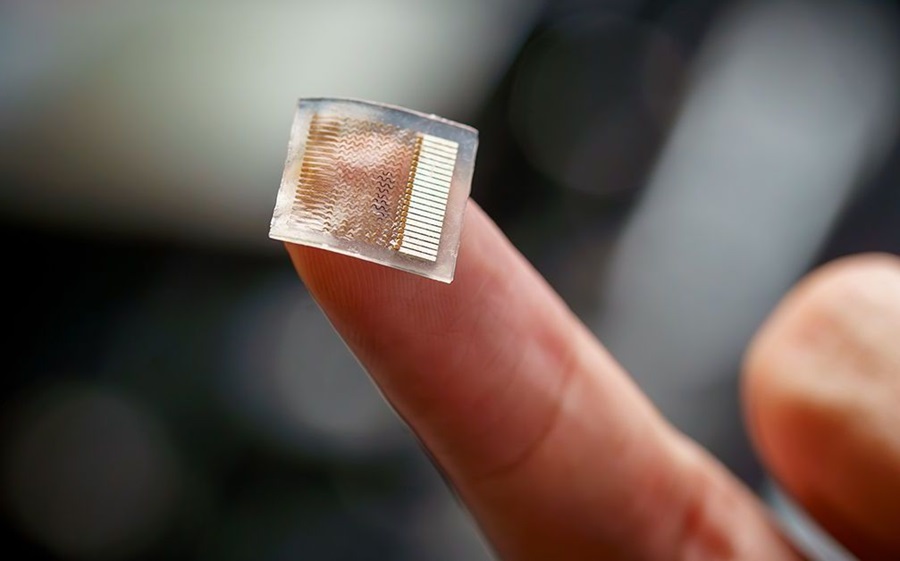Automated Breast Ultrasound Provides Alternative to Mammography in Low-Resource Settings
Posted on 03 Jan 2025

China has faced significant challenges in implementing a population-based mammographic screening program, primarily due to a shortage of breast radiologists and issues with screening quality. In low-resource settings, breast ultrasound serves as an alternative to mammography for breast cancer screening. Now, a new ultrasound-based program supported by teleradiology offers a promising solution for expanding access to screening in such settings.
Researchers from Fourth Military Medical University (Shaanxi, China) conducted a study to assess the effectiveness of automated whole-breast ultrasound (ABUS) combined with remote interpretation as the primary screening method for breast cancer. This prospective study, conducted between January and December 2021, enrolled asymptomatic women aged 35-69 from 46 community health centers across 18 provinces, covering all six regions of China. Participants were screened with ABUS, with images captured by technologists at the health centers. These 3D volumetric images were then transmitted via cloud-based software to a central remote reading center, where two subspecialized breast radiologists independently interpreted the images in batches using BI-RADS. Any discrepancies were resolved by a third radiologist. Diagnostic reports were sent back to the community health centers, and patients were referred for follow-up care at local hospitals. The reference standard for the study included a combination of histopathology and 24-month follow-up.
The study measured cancer detection rate, abnormal interpretation rate (AIR), sensitivity, specificity, biopsy rate, and positive predictive value (PPV). A total of 5,978 participants (median age 46 years, IQR 40-52) underwent ABUS screening at community health centers, followed by remote reading. The study, published in the American Journal of Roentgenology, found that 24 cancers were detected by ABUS, along with two interval cancers. The cancer detection rate was 4 per 1,000 women (95% CI), and the AIR was 11.9%. Notably, 95.8% (23 out of 24) of the cancers detected were invasive, with a median size of 10 mm, and 73.9% (17 out of 23) were node-negative. Sensitivity was 92.3%, and specificity was 88.4%. The biopsy rate was 1.7%, with a biopsy PPV of 24.0%. These results indicate that ABUS with remote reading achieved performance comparable to mammography for cancer detection, with minimal interval cancers. The findings suggest that ABUS with remote reading could significantly improve access to breast cancer screening and early detection, particularly in low-resource or underserved areas where mammographic screening programs are not available.














